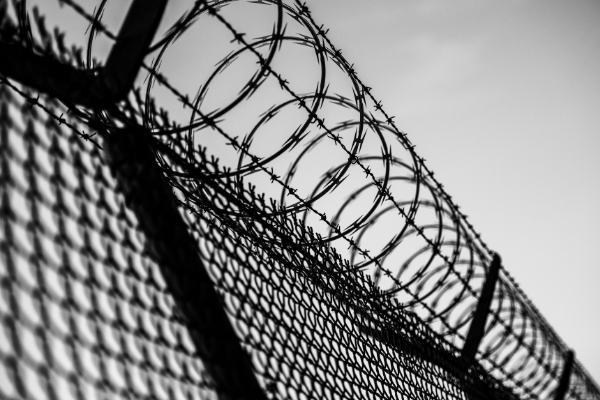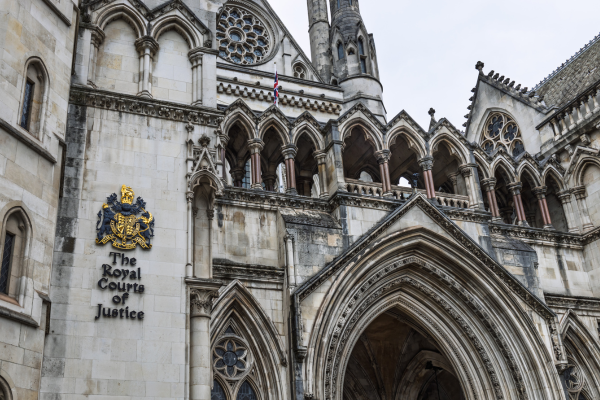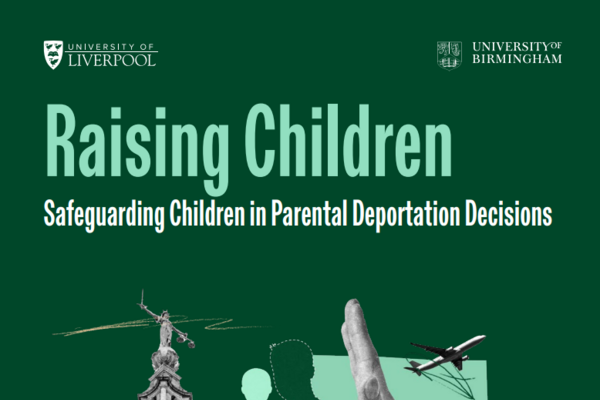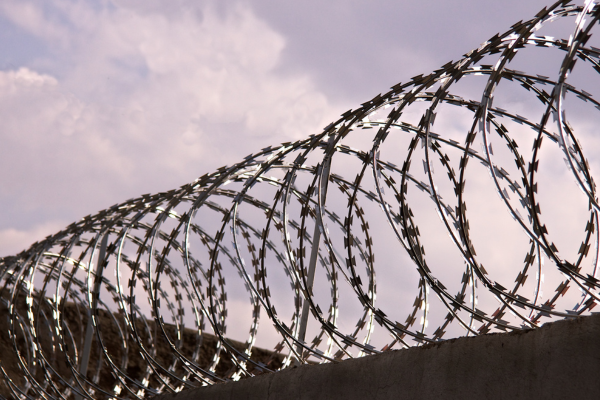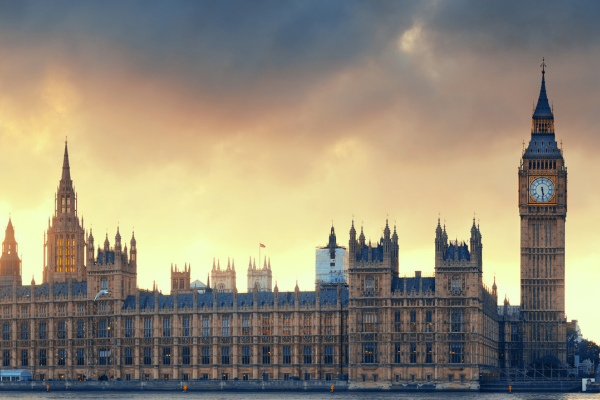On Wednesday 7th April, the chair of the Brook House inquiry drew a line under a set of evidence sessions from 75 different individuals or organisations. You can now see BID’s evidence to the inquiry here.
The inquiry’s page also contains all the other publicly available evidence presented to the inquiry. Given the colossal scale of evidence, we understand the challenge of trying to keep abreast with the enquiry so thought we’d compile and share a number of chilling revelations.
Systemic racism:
The inquiry hearings revealed the horrific scale of institutional racism in Brook House. Many of the detained people who gave evidence spoke of the unspeakably violent, direct and visceral racism they received.
“I remember an officer saying things like, 'You've come to this country and been given opportunities, but you're taking the piss out of it. Fuck off back to your own country. Go back to fucking Somalia. You're not from this country. You're not one of us'. I found this humiliating. I felt and feel as British as them, but they're telling me I'm not. Where do I belong then? It made me feel worthless, like I wasn't a human being." [ES1] (D687 Written statement)
There were many similar statements made by formerly detained people which demonstrated the systemic and regular nature of the racism captured by BBC panorama– at times casual and mocking, at times aggressive and violent. The overall effect was profoundly harmful – that people held in Brook House felt dehumanized, as though their very sense of personal identity had been destabilized.
“I felt like staff at Brook House wanted deliberately to put you down, to kill your spirit because then you feel less of yourself, less human, and you are less likely to speak up or resist.” (D1473 written statement). [ES2]
Stephanie Harrison QC, a representative of formerly detained people participating in the Inquiry, described the racism in Brook House as
"vitriolic, casual, and institutional – underscored by an underlying lack of empathy, even when individuals are at their most distressed and vulnerable, even in life or potentially life-threatening situations.”
Vital evidence from the charity Medical Justice traced the long history of systemic racism being revealed among the Home Secretary’s enforcement officers and subcontractors, including in Yarl’s Wood IRC in 2003; at Oakington Reception Centre in 2005; in deportations of asylum seekers, including racist material being found on the mobile phones of two G4S officers involved in the unlawful killing of Jimmy Mubenga in 2013 (which, according to the Assistant Deputy Coroner, were evidence of “a more pervasive racism within G4S”).
Professor Mary Bosworth explained to the inquiry how the very existence of the immigration detention system creates fertile conditions for racist abuse:
“if we have an institution that is designed to hold foreign nationals for the purpose of removing them, what we are doing as a society is, we are saying, ‘These nationalities are people we don't want’, and, you know, you put them in a prison, a place that looks like a prison, you're saying, ‘These nationalities are dangerous. These nationalities are criminal’. So I think that officers, you know, are, in a way, just responding to the prompts that the institution is giving them, and then they use that to -- they kind of rely on that to try and make sense of their job and also to manage the people in their care [ES3] [PM4] .”
Mental health:
Many people described Brook House as worse than prison. The inquiry heard evidence from many sources about the impact of the indefiniteness of detention, including from detention custody officers. This was worsened by the fact that many people were already vulnerable or had experienced torture or other traumatic events.
“I found being locked in the room very stressful and scary. Every time the door locked behind, I felt really claustrophobic and I could not escape my bad thoughts and memories of my past mistreatment. I started to feel less like myself, less like a human at all. I started to have bad dreams and more intrusive thoughts aboutwhat had happened to me in Nigeria. Both of my rooms in E wing were small, with an unscreened toilet in them, and because the staff could look through the observation panel in the door, it felt like I had no privacy and added to my feeling of claustrophobia. I felt increasingly depressed and anxious about my situation whilst at Brook House”. (D1473 written statement)
For some formerly detained people, the impact has endured long after release from detention.
“For a long time after the second detention at Brook House, I struggled. Some nights I would feel like everything is now okay, other nights I would be all over the place. (...) At the beginning, little things would trigger bad memories about detention. (...) I am still scared when I see police officers. I don't trust that they won't come and get me again. That experience of my second detention of being taken away early in the morning is something I never want to repeat." [ES5] (D801 statement)
As Dr Ian Castle, a Home Office official, told the inquiry, ‘I think, if you spend more than 24 hours in Brook House, you’re going to develop mental health issues’. [ES6]
Toxic culture:
The inquiry heard evidence that revealed a toxic culture that harms everyone including the staff. There was chronic understaffing, the inevitable result of a system that outsources detention centres to profit-seeking private companies seeking to cut costs at every opportunity. People had to work long shifts, in a stressful and violent atmosphere, without proper oversight or management of the contract by the Home Office. Those who felt abused didn’t feel empowered to raise concerns and those detention officers who did raise concerns claim that nobody listened.
Staff were not properly trained in mental health or how to care for people with mental health problems, and were unable to distinguish between somebody who was disruptive, and somebody who was mentally ill. Use of force training was inadequate. As a result, excessive force was frequently used, including pain-inducing measures that are banned, and there was excessive use of segregation including for unlawful purposes, such as to punish detained people.
There were a number of failings within healthcare including a pervasive culture of disbelief, and cover-ups where use of force incidents had taken place. Crucially, Dr James Hard, an expert in prison healthcare appointed by the inquiry, found that the Home Office’s safeguards to protect vulnerable adults in detention – the rule 35 process and the Adults at Risk Policy – were inadequate. Three quarters of a sample of 26 rule 35 reports reviewed by Dr Hard were found to be inadequate “either because no conclusion was reached by the completing GP in regard to the possibility of previous ill-treatment or in the vast majority of these cases because no conclusion was reached in regard to the impact of ongoing detention.”
Conclusion:
The evidence heard by the inquiry in the last 6 weeks has revealed that abuse, racism and violence became normalised in Brook House. This was the result of features of the immigration detention system, and Home Office policy, that create fertile conditions for those abuses to take place. A considerable aggravating factor was the use of profit-driven private contractors to run detention centres. On this evidence, it is clearer than ever that there is no way to run an immigration detention system without accepting that these situations will continue to occur.
As expressed by Mary Bosworth to the inquiry:
“in a place like Brook House, and in Brook House specifically at the time, I think that was evident in the footage, in the kind of levels of distress that were evident. But I would expect to find those levels of distress in all detention centres… I think the only way you could really completely mitigate this would be to not use a custodial environment for managing people's immigration cases, and, given that most immigration cases are, in fact, handled in the community, I think that that is a perfectly reasonable goal to be pursuing”
You can see BID’s evidence to the inquiry here. The inquiry’s page also contains all the other publicly available evidence presented to the inquiry.

